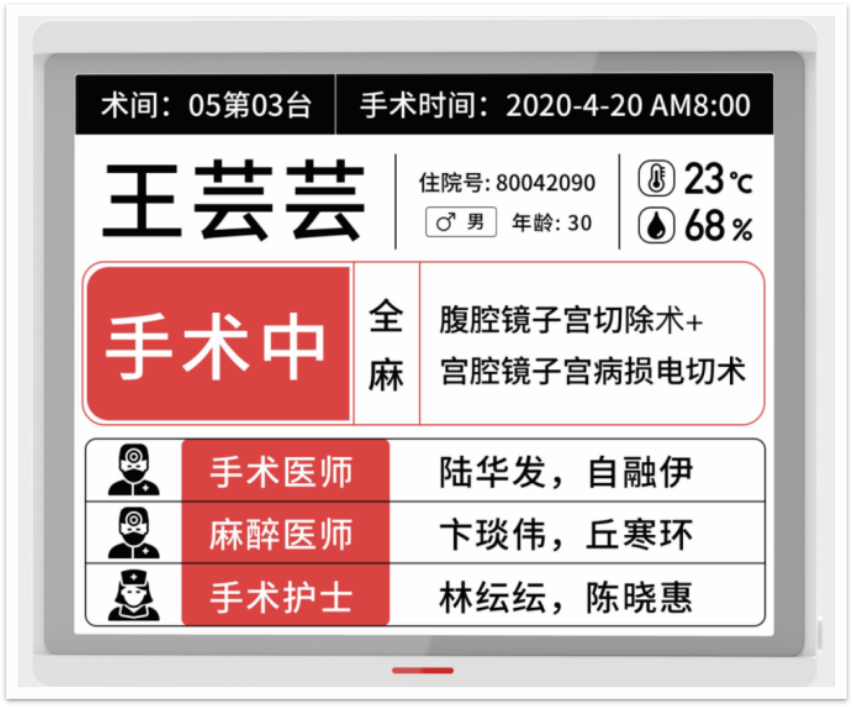

Smart Hospital construction scheme
Smart medical care reduces the burden of medical workers and brings physical and mental comfort to patients to reduce the occurrence of medical accidents as much as possible. Support the transformation of medical institutions to ensure safe and efficient operation; Improve the efficiency of medical work, ensure medical safety and high-level service, and let medical staff feel at ease; The immersive experience of "patient-centered" medical mode promotes doctor-patient harmony.


The first cycle is based on the HIS system as the core, mainly financial bookkeeping and charging, and its core is financial information. The second cycle is in the 21st century, information with CIS system as the core, the development of urbanization process for the city central hospital has brought a surge in the amount of visits, a variety of medical technology systems came into being.

The third cycle is the interconnection as the core. After 2010, with the continuous increase of various department level systems and medical affairs auxiliary systems such as queuing and calling, infusion management, hospital information islands are more and more.
The fourth cycle is to build a smart hospital as the core, and a large number of Internet of things technology is rapidly applied to the hospital scene. With the renovation, expansion and construction of hospital buildings, under the background of the rapid development of the information society and the correct guidance of national policies, new and renovated hospitals need to consider the development plan for the next 10 to 20 years at least. As early as 2009, IBM proposed the concept of "let's build a smart earth", which led to the concept of smart medical treatment. It has been improved and explored for nearly 10 years.

In Europe and the United States and other regions, e-paper technology has been applied to the hospital scene for a long time. In 2019, Yunqin completed the first three and A hospital in China: Foshan People's Hospital. Foshan People's Hospital is one of the top five hospitals in Guangdong. The hospital nursing quality management has high requirements and heavy workload, and it is in urgent need of intelligent ward products to improve work efficiency and quality. After multiple consultation and comparison by the hospital, electronic paper technology can be upgraded without affecting the work of the ward, and does not increase the cost of weak current transformation in the hospital. During the epidemic in 21 years, he also assisted the hospital to complete the renovation of the infection department.

By 2023, more than 60 hospitals have been launched in Beijing, Shanghai, Guangzhou, Shenzhen, Chongqing, Jiangsu, Anhui, Hunan, Fujian and Zhejiang provinces. Among them, there are Shanghai Ruijin Hospital, Shanghai Huashan Hospital, Peking University International Hospital, Peking Union Medical College, Beijing Hospital of Traditional Chinese Medicine, Beijing Tongren Hospital and other well-known hospitals.
Compared with LCD technology, e-paper technology has many characteristics such as low carbon environmental protection, no light pollution, easy installation and maintenance, and diversified application. It is a very good technology choice for visual Internet of things products in the next stage.
Electronic paper products have also developed from simple display to night visual, light interaction, mobile positioning, lightweight wearable and other professional electronic paper products in line with hospital scenes. The Internet of things system also meets the multi-system acquisition and enriches various interface types. Low-carbon e-paper Internet of things technology has been quickly recognized by the market, especially ophthalmology, psychiatric departments, obstetrics, orthography, neonatology, ICU, operating room and other departments.








